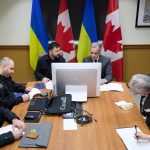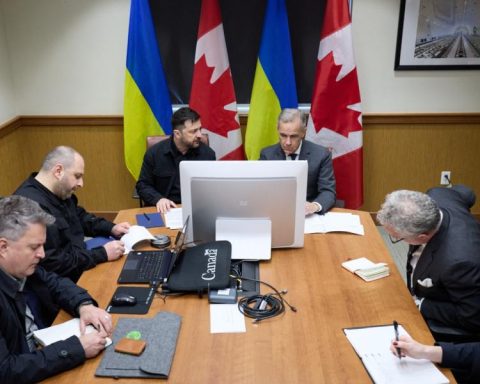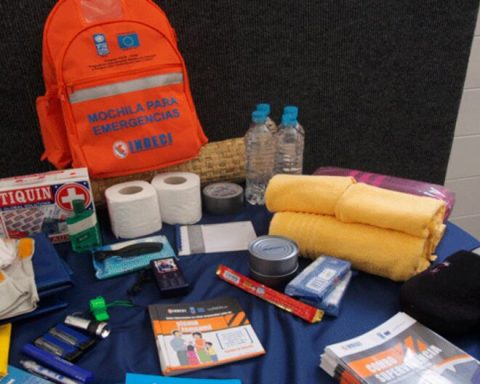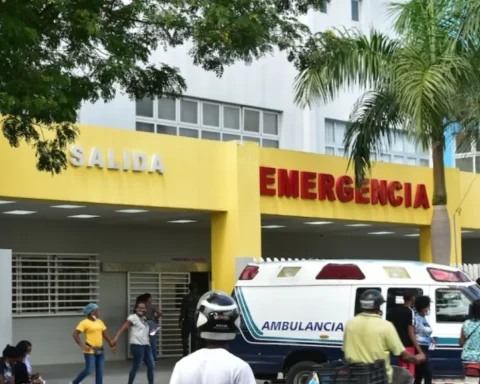The railway service that will connect the city of Rosario with the Santa Fe town of Cañada de Gómez carried out an experimental trip, in which The Secretary of Transportation of the Nation, Diego Giuliano, was present.
The service -when it is fully operational in June- will unite six towns in the region.
The train left this morning from the Cañada de Gómez railway station and arrived at the North station of Rosario at noon.
Spokesmen for Trenes Argentinos confirmed that the line will connect Rosario with the towns of Funes, Roldán, San Jerónimo Sud, Carcarañá, Correa and Cañada de Gómez.
In this framework, Giuliano said that the Government is “very proud to return a service that should never have stopped being provided to the community”, taking into account that the last time the formation made the tour was in 1977.
to resume it It was necessary to recondition both the tracks and the stations and new investments are expected to improve the service.

Frequencies, costs, destinations
The frequency that will have this service will be one train each way Monday through Friday; with departure from Cañada de Gómez at 5.30 Y from Rosario Norte at 6:30 p.m.
Additionally, on Saturdays a service will be incorporated from Cañada at 5.30.
The provision will be made with three long-distance cars, a locomotive and a generator car and you will have 216 first-class locations.
The cost of the passage between headers will be 120 pesos and will have intermediate stops in Correa, Carcarañá, San Gerónimo, Roldán, Funes and Antarctica Argentina.
The national official specified -during a press conference- that in the short term they hope to add another service in the afternoon, as well as shorten the duration of the trip, which is currently two hours.

From the “white march”, as the first trip made by a train is known, The head of Trenes Argentinos, Martín Marinucci, also participated.who highlighted the importance of providing a service that “both Rosario and the region needed”.
In this context, Marinucci pointed out that the train “comes to decompress and decongest the routes, to reduce accidents. It is here to stay and to be something very important in the daily mobility of the inhabitants of the region”.
Finally, the official indicated that in order for the service to begin operating open to the public The only thing left is the approval of the Ministry of Transportation, which is working on the implementation of the Sube card in the area.which will facilitate the ticket recharge and payment system.


















